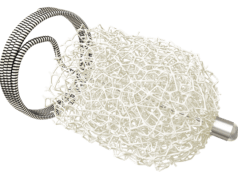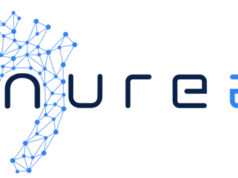
At a session dedicated to the draft abdominal aortic aneurysm (AAA) guidelines put forward by the UK’s National Institute of Health and Care Excellence (NICE) at Controversies and Updates in Vascular Surgery (CACVS; 7–9 February, Paris, France), the controversy continued with several arguments against the proposed NICE recommendations in favour of open repair over endovascular aneurysm repair (EVAR). The draft document, first published in May 2018, has drawn a significant amount of comments in its consultation period from the UK vascular field. A final publication date, which has been repeatedly postponed since November 2018, remains “to be concluded” with no information currently available regarding potential amendments to the final recommendations.
The uncertainty of the situation was highlighted by Christopher Hammond (St James’s University Hospital, Leeds, UK)—a member of the clinical guidelines committee—who spoke at CACVS about the strictly defined and regulated decision-making process of the draft NICE guidelines. Answering an audience question from Michael Wyatt (Newcastle upon Tyne Hospitals NHS Foundation Trust, Newcastle, UK) on when the final guidelines may be expected, Hammond stated: “I am as much in the dark as you are. The internal machinations of the NICE process are opaque to me … that, frankly, has been a source of quite a lot of anxiety to [the clinical guidelines committee].”
“My personal opinion,” Hammond said, “is that in some of those recommendations [published in May], we went too far. … We have already made some changes to the draft recommendations—whether those recommendations remain as modified or whether we modify them further, I do not know.”
Hammond noted that an extraordinary meeting for the committee is scheduled for the 28th of February, which he hopes will be the last before the document is finalised, but cannot be certain there will not be more meetings required to “deliberate further”.
“It is important that NICE treads a path between what is acceptable to the community of people treating patients, and what is supported by the evidence within the very clear context of how NICE makes decisions. I think the question we need to ask is whether the role of NICE is to show where we should be going, or accept where we are now and try to iterate towards that—and that is a very delicate balance,” concluded Hammond.
Arkadiusz Jawien (University of Nicolaus Copernicus, Bydgoszcz, Poland), co-moderating the session, stressed the importance of the guidelines not to take a step in the wrong direction, as Jawien noted that a number of other countries which may not have the funding for a national institution such as NICE, simply base their recommendations and government funded treatment policies on what is published in the UK. Thus, Jawien issued “a small warning: you need to know that something you do in your country affects others, on a very great scale.”
Some of the evidence that is being presented to counter the dataset from EVAR-1, the trial upon which the guidelines a largely based, was presented at the Vascular Societies’ Annual Scientific Meeting (VSASM; 27–29 November, Glasgow, UK). Read a summary of that session here, or recap on the details of the draft guidelines covered here in the June 2018 issue of Vascular News.













